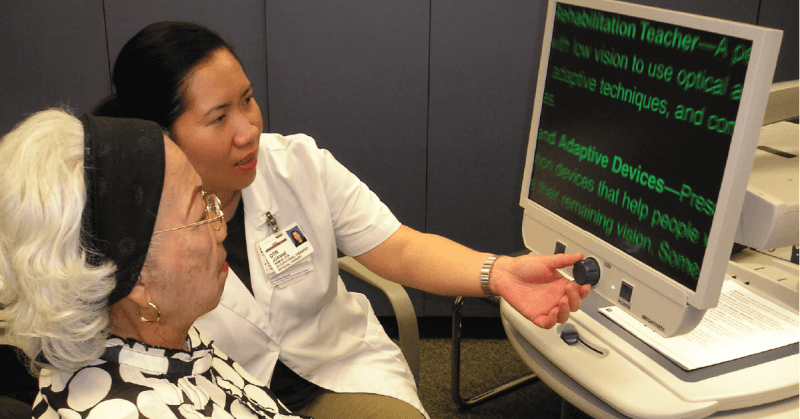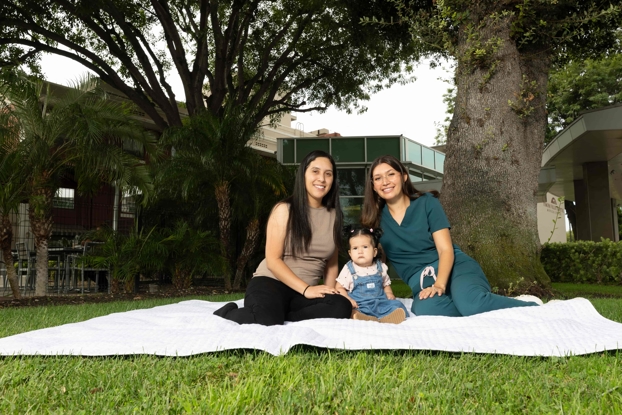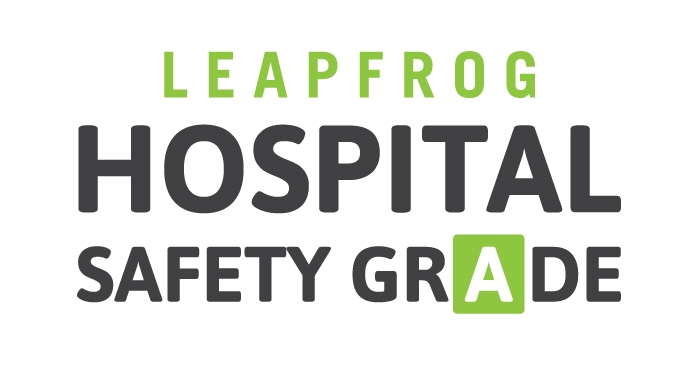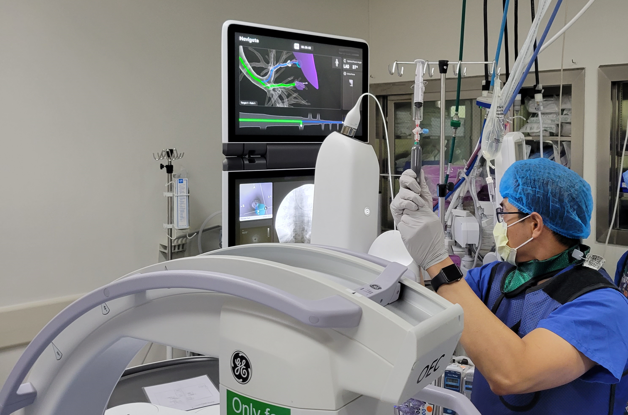See More, Do More with Low Vision Rehabilitation
- Category: Blog
- Posted On:
- Written By: PVHMC - Admin

Degas. Monet. O’Keeffe. What did they all have in common?
Each of them created masterpieces despite severe problems with their eyesight. These famous artists did not give up simply because they had trouble seeing, instead, they made the very best of what vision they had.
You, too, can make the most of your sight. Low Vision Rehabilitation can help you see more and do more!
What Is Low Vision?
Low Vision is a partial loss of sight that cannot be fully corrected with surgery, medicine, contact lenses, or regular glasses. It should not be confused with the normal visual changes we experience as we grow older, or with total blindness.
People diagnosed with Low Vision still have useful vision which can often be maximized by using special aids and assistive devices, helping to make everyday visual tasks easier to do.
An eye doctor will be able to diagnose the cause and extent of visual changes that may be early signs of Low Vision, such as:
- Hazy or blurred vision
- Loss of central vision
- Loss of peripheral vision
- Color confusion
- Difficulty seeing indoors
- Trouble watching TV
- Difficulty recognizing faces
- Struggling with close-up tasks like reading or cooking
Who Is At Risk For Low Vision?
Nearly 3 million Americans have Low Vision, and according to the National Eye Institute, that number is expected to surpass 5 million in the next ten years. While people of any age can have visual impairment, older adults and those with diabetes are at greater risk for the progressive eye diseases that can result in Low Vision.
Age-related macular degeneration is the leading cause of Low Vision in people over age 60. It results from damage to the macula, or central part of the retina. This causes the eye to lose its ability to identify fine detail. Localized areas of vision loss can result in making the objects in your field of vision fade or disappear.
Other eye conditions that can lead to Low Vision are glaucoma, cataracts, retinitis pigmentosa, and diabetic retinopathy.
Can Low Vision Rehabilitation Help?
Yes! At Pomona Valley Hospital Medical Center, licensed Occupational Therapists trained in Low Vision Rehabilitation can help you learn how to make the best use of your remaining sight ... See More!
Our Low Vision Rehabilitation Program will allow you to continue performing important daily activities, enjoy leisure time, and most importantly, remain independent ... Do More!
Depending on the condition or severity of vision loss, the typical treatment plan for this hospital-based outpatient program consists of 4-6 visits. Onsite treatments will include:
- Defining your current activities of daily living (ADL’s) and goals
- Detailed measurement of vision
- Visual training to learn how to best use your remaining vision and increase awareness of the scotoma (blindspot) in your vision
- Assistance selecting appropriate Low Vision aids or magnification devices to enhance your vision
- Safety education and community resources available in our area
Low Vision Rehabilitation treatment by an Occupational Therapist is covered under Medicare, but related low vision devices are not covered. We can, however, help you find out if coverage is available elsewhere.
For questions about our Low Vision Rehabilitation Program, please contact us at 909-865-9810.



